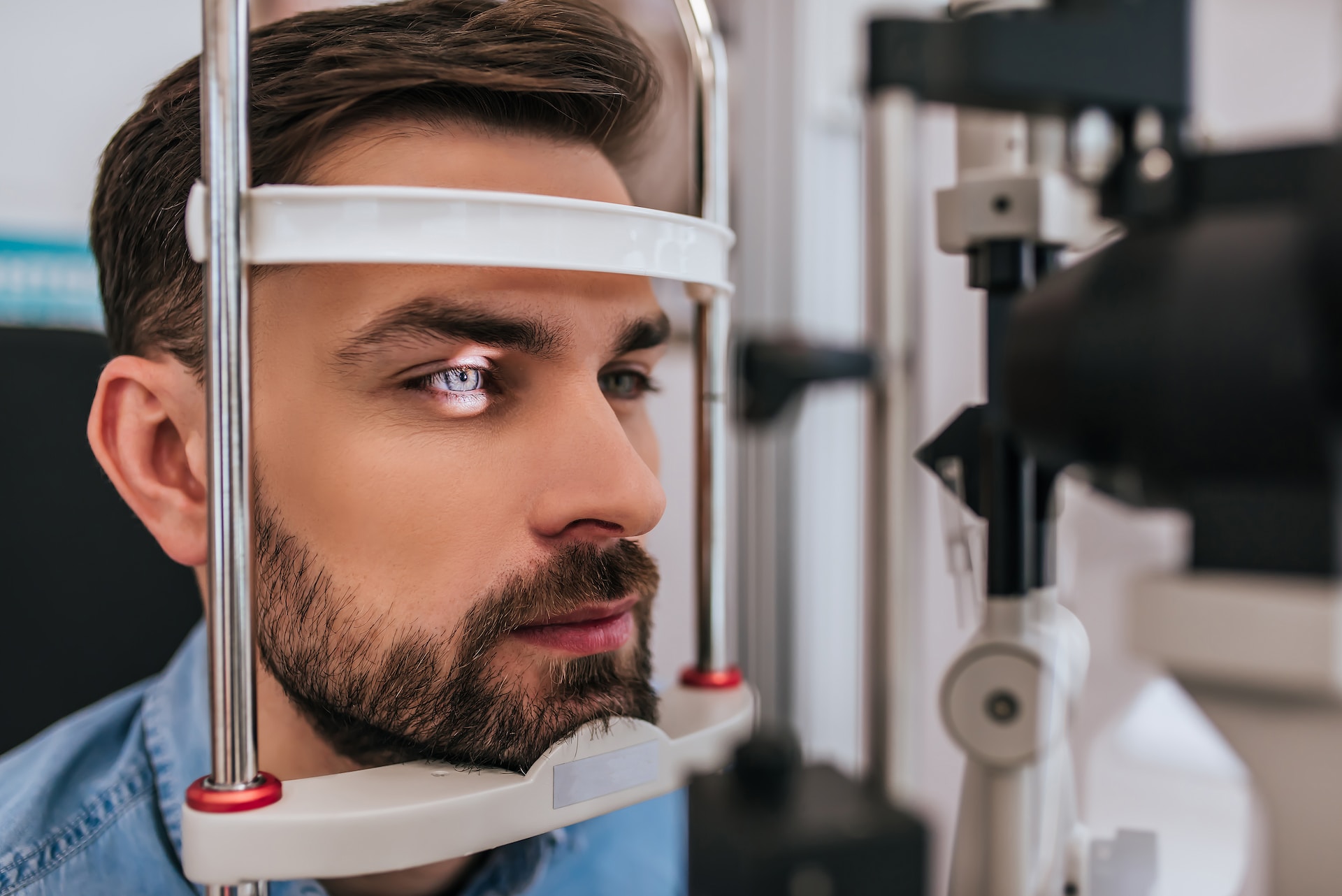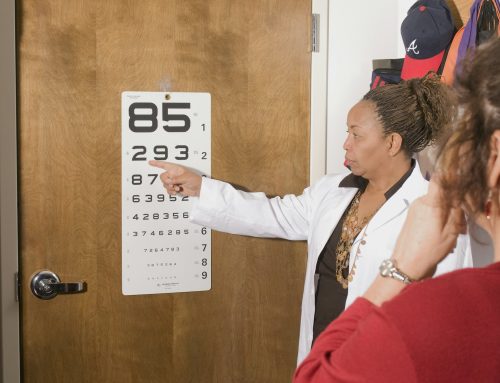Glaucoma is a group of eye conditions that damage the optic nerve, which is responsible for carrying visual information from the eye to the brain. If left untreated, glaucoma can lead to permanent vision loss.
This article will discuss the various types of glaucoma, how it is diagnosed by eye doctors, and the available management options.
Types of Glaucoma
There are two main types of glaucoma: open-angle glaucoma and angle-closure glaucoma. Open-angle glaucoma is the most common type and occurs when the drainage canals in the eye become clogged, causing a buildup of pressure in the eye.
This pressure damages the optic nerve over time, leading to vision loss. Angle-closure glaucoma is less common and occurs when the iris (the coloured part of the eye) blocks the drainage canals, causing a sudden increase in eye pressure.
Diagnosis of Glaucoma
A comprehensive eye exam is necessary to diagnose glaucoma. During the exam, the eye doctor will measure the intraocular pressure (IOP) inside the eye. They may also perform a visual field test to check for any blind spots or changes in peripheral vision.
Additionally, the doctor may use a special microscope called a gonioscope to examine the drainage canals in the eye.
Management of Glaucoma
Glaucoma management aims to reduce intraocular pressure to prevent further damage to the optic nerve. Several treatment options are available, including eye drops, laser therapy, and surgery.
Eye Drops: Eye drops are the most common treatment for glaucoma. They work by reducing the amount of fluid produced in the eye or increasing fluid drainage. Several different types of eye drops are available, and the doctor will determine which one is best based on the type and severity of glaucoma.
Laser Therapy: Laser therapy is a non-invasive treatment option that can lower intraocular pressure. There are two types of laser therapy: trabeculoplasty and iridotomy. Trabeculoplasty is used to increase fluid drainage from the eye, while iridotomy is used to create a hole in the iris to help relieve pressure.
Surgery: Surgery may be necessary if eye drops and laser therapy are ineffective in reducing intraocular pressure. Several types of glaucoma surgeries are available, including trabeculectomy, tube shunt surgery, and minimally invasive glaucoma surgery (MIGS). The type of surgery recommended will depend on the individual patient’s needs.
Preventing Glaucoma
While there is no guaranteed way to prevent glaucoma, there are several steps individuals can take to reduce their risk. These include:
- Regular Eye Exams: It is important to have regular eye exams to catch any signs of glaucoma early on.
- Maintain a Healthy Lifestyle: Eating a healthy diet, exercising regularly, and not smoking can help reduce the risk of developing glaucoma.
- Know Your Family History: If there is a history of glaucoma, it is important to inform your eye doctor.
- Protect Your Eyes: Wearing protective eyewear when participating in sports or working with tools can help prevent eye injuries that can lead to glaucoma.
Conclusion
Glaucoma is a serious eye condition that can lead to permanent vision loss if left untreated. Regular eye exams, maintaining a healthy lifestyle, and protecting your eyes can help reduce the risk of developing glaucoma.
If you are diagnosed with glaucoma, several treatment options are available to help manage the condition and prevent further damage to the optic nerve. If you have any concerns about your eye health, it is important to speak with your eye doctor.
If you’re concerned about your eye health or have a family history of glaucoma, don’t hesitate to schedule an appointment with an experienced eye doctor in Calgary at Optiko. Contact us today to schedule your comprehensive eye exam and take the first step towards protecting your vision.








